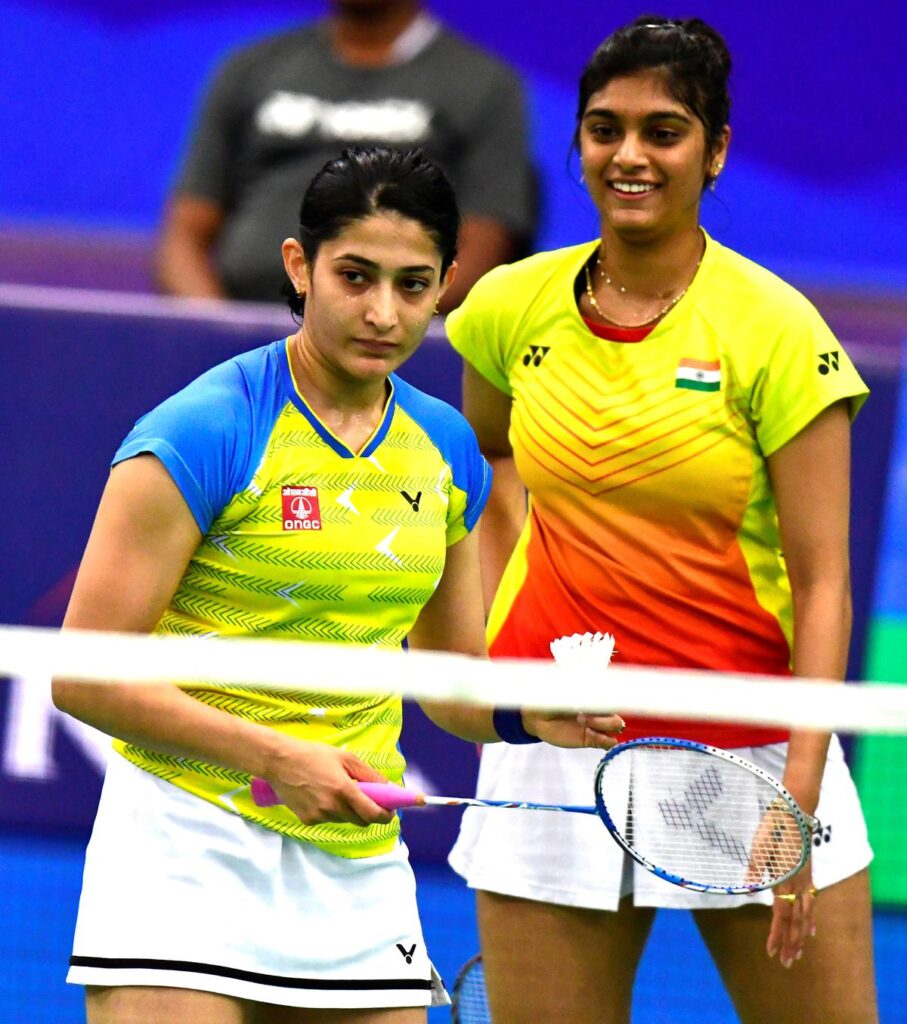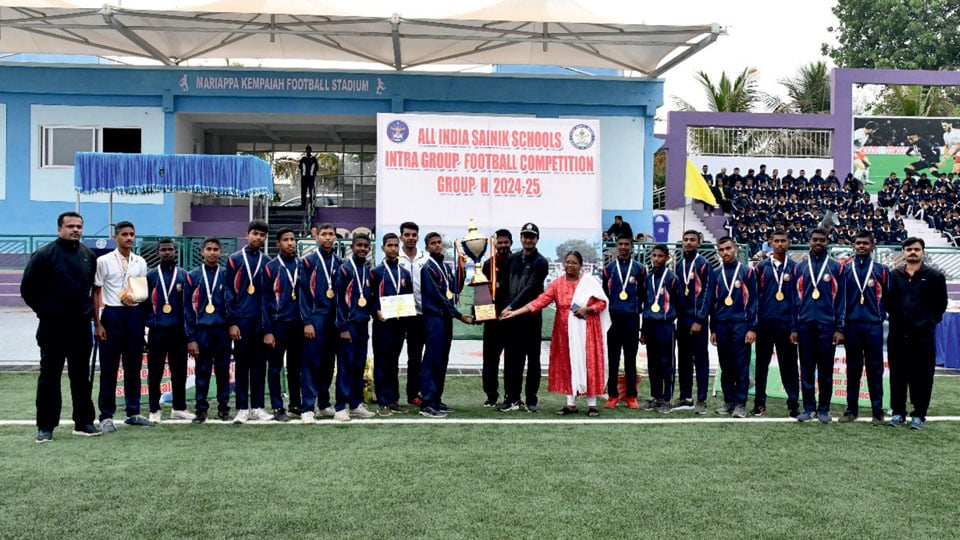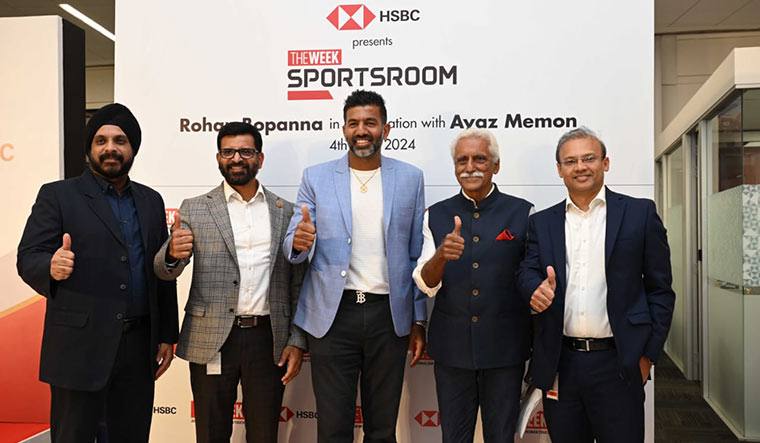
A couple of days ago, a great man passed away. The streets of Karnataka, or rather its jungles, will never forget K.M. Chinnappa, the illustrious Range Forest Officer of Nagarahole who single-handedly stood against profit-mongering poachers, exploitative smugglers, wealthy hunters, mafia operators, and corrupt politicians and provided decades of unmatched service to make Rajiv Gandhi National Park one of India’s most thriving wildlife sanctuaries. His incredible mental fortitude along with his unrivalled knowledge of nature is now the stuff of legends.
He was born in 1941 in Kumtur village near Nagarhole. His father, a soldier who fought in the First World War, instilled in him a deep love for nature. Chinnappa spent his early years exploring the forests of his ancestral land, immersing himself in the rich ecosystem and developing a profound appreciation for the wildlife. Following in his father’s footsteps, he became a soldier , but with a unique calling – to become a gun-wielding, frontline defender of the forests, committed to safeguarding wildlife. He declared that protecting wildlife was his life’s sole purpose.
In 1967, he became a forester at Rajiv Gandhi National Park (Nagarhole), which was in a state of disrepair. The park had been heavily impacted by hunting. The practice was popular among people from various walks of life, from impoverished forest-dwelling tribes to the extravagant royalty and courtiers in bustling Mysore. As a result, there were very few deer remaining, let alone tigers and other large animals. Villagers had encroached on the swamps to cultivate rice, which were essential habitats for elephants. Tribesmen lived in groups deep within the park to gather forest resources, such as honey and berries. Livestock herders grazed their cattle on the park’s grasslands, while hunters and poachers targeted various animals and birds, including tigers and elephants. Additionally, illegal activities like timber logging and sandalwood smuggling were rampant.


The destruction of Nagarhole’s environment was facilitated by a variety of means, including the use of shotguns, snares, and poison. Wildlife protection laws were ineffective, and the Forest Department focused on logging, which led to the removal of diverse natural vegetation in favor of teak monocultures. Chinnappa knew for certain that if this devastation continued, there would be no wildlife left in Nagarhole in 30 years.
He single-handedly worked to reverse this process and he emerged successful. In less than 25 years, Nagarhole was rejuvenated, growing from 250 square kilometers to 640 square kilometres. Chinnappa was responsible for implementing the current patrol system and establishing camps in crucial areas, providing three layers of protection for the tiger reserve. Poachers have withdrawn, encroachers have disappeared, and hunters are almost non-existent, allowing Nagarhole to be reclaimed by its original inhabitants – tigers, panthers, leopards, sloth bears, jackals, wild boars, porcupines, hares, langur, and various deer species. In the past, tigers had to roam 200 square kilometres to find prey, but now they only need 12 square kilometres. The elephants have returned to their natural habitat in the lush swamps and bamboo groves.


“All you have to do is to stop human interference. Just leave the forests alone and they will regenerate themselves.”
K.M. Chinnappa, in an interview with Unsung
However, Chinnappa had ruffled many feathers and upset many powerful people whose profits depended upon the exploitation of the forest. In 1993, in the face of constant harassment and threats, he was compelled to retire prematurely from the Forest Department, but his crusade did not end there. Chinnappa established his own NGO, ‘Wildlife First’, intending to enlighten the local community, particularly children, about the importance of environmental conservation. By organizing forest camps, dialogues, shows, rallies, interactions and presentations, he introduced a captivating world of plant and animal life and inspired children to appreciate rather than destroy nature.
His NGO also used the legal system to battle those harming the environment for profits, no matter how powerful those individuals or organizations were. Most notable was his famous case against the iron ore mine operators in Kudremukh. They wielded their power and slapped Chinnappa with false criminal charges when he protested against their activities. The case dragged on for years but finally ended with the Supreme Court acknowledging the ecological devastation caused by those mining activities and consequently ruling in Chinnappa’s favour.
In his lifetime, Chinnappa has been awarded the prestigious Karnataka Chief Minister’s Gold Medal, WCS Certificate of Appreciation, Tiger Link Bagh Sevak Award, ESSO, and Sanctuary Life Time Achievement Award.
Chinnappa’s achievements are all the more praiseworthy as they were achieved despite great challenges. He faced setbacks, obstacles, threats, assaults, defamation, arrests, and legal battles. However, remarkably, he emerged unharmed, maintaining his innocence, bravery, commitment, and positivity. He harbored no resentment, opting to look past those who caused him trouble and instead cherish the support of both the senior officers and lower-ranking guards who stood by him.
In his death, he is fondly remembered by his family, loved ones and by kindred souls who value justice and integrity, even in the face of insurmountable odds.
If you enjoyed reading this, here’s more from Homegrown:
source: http://www.homegrown.co.in / Home Grown / Home / by Vaaswat Sarkar / February 24th, 2024











